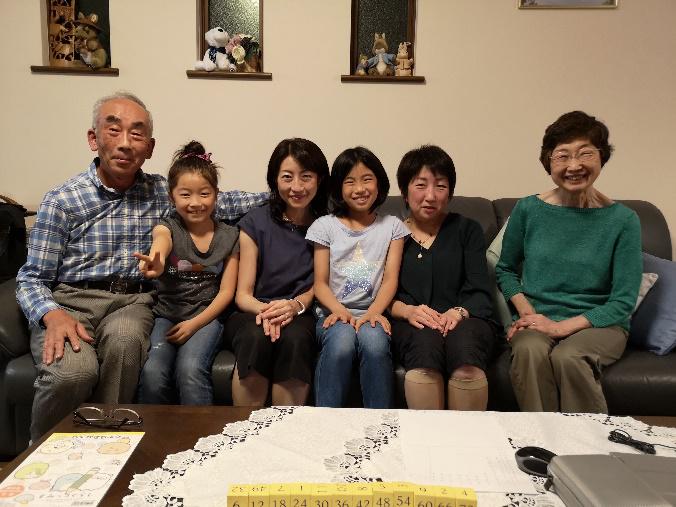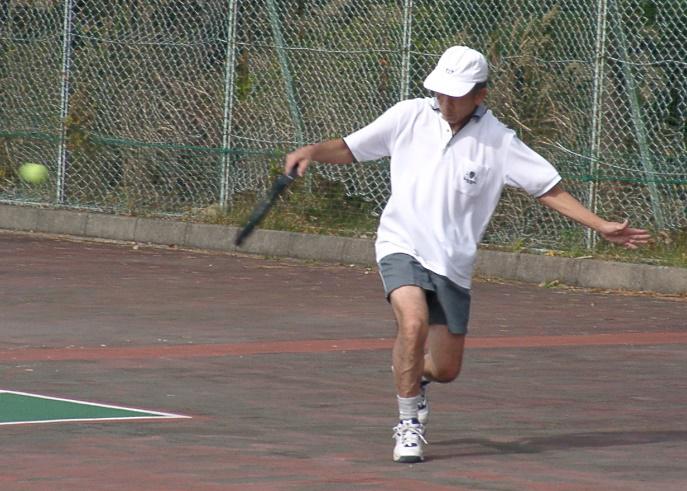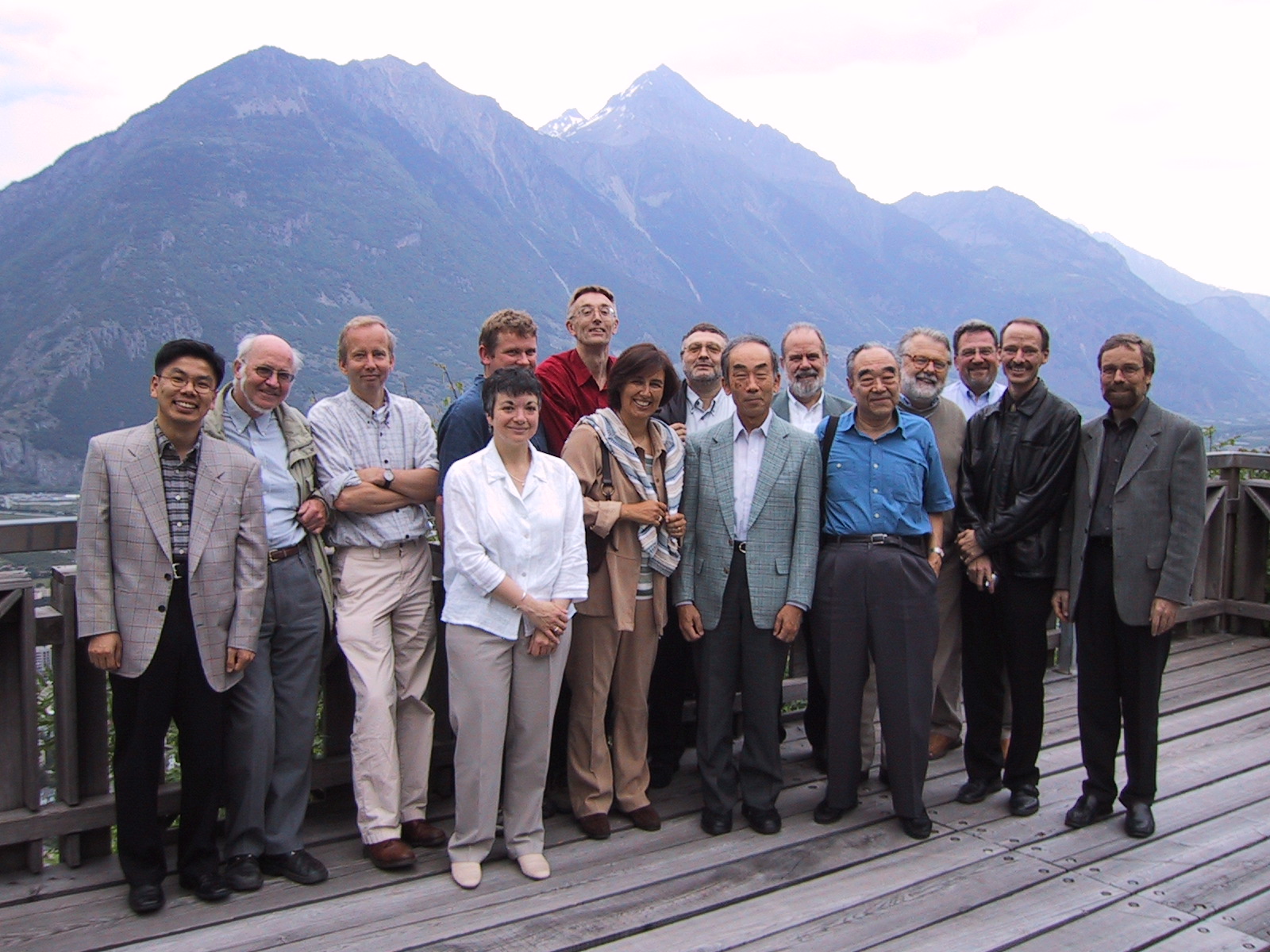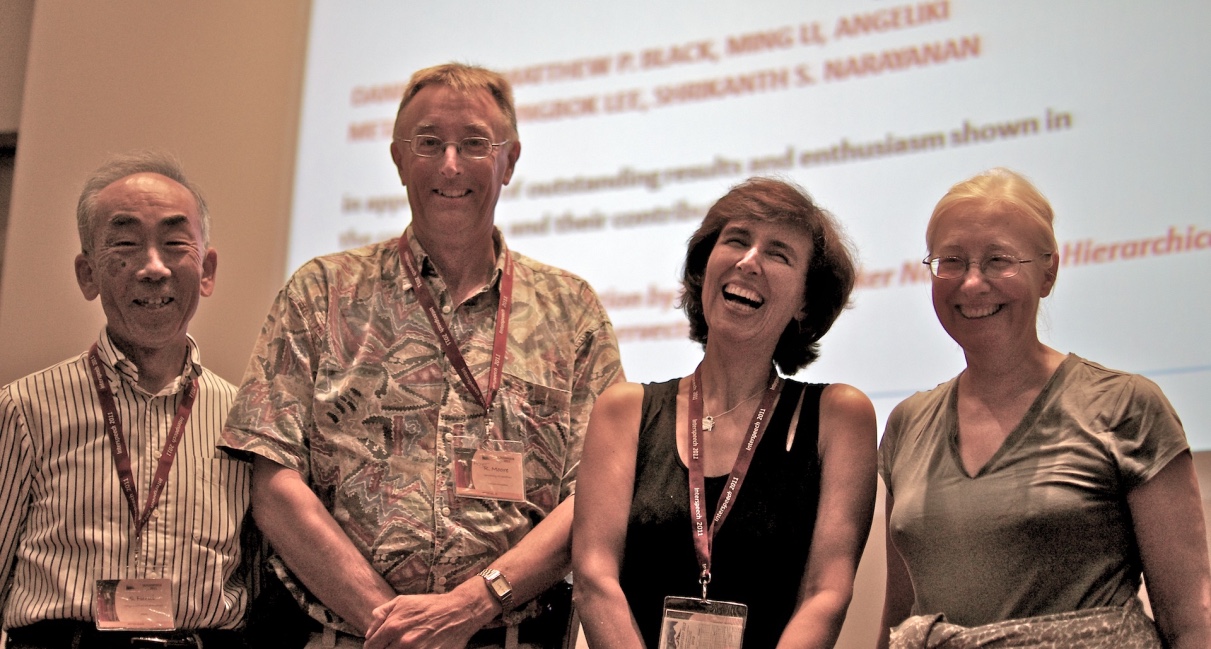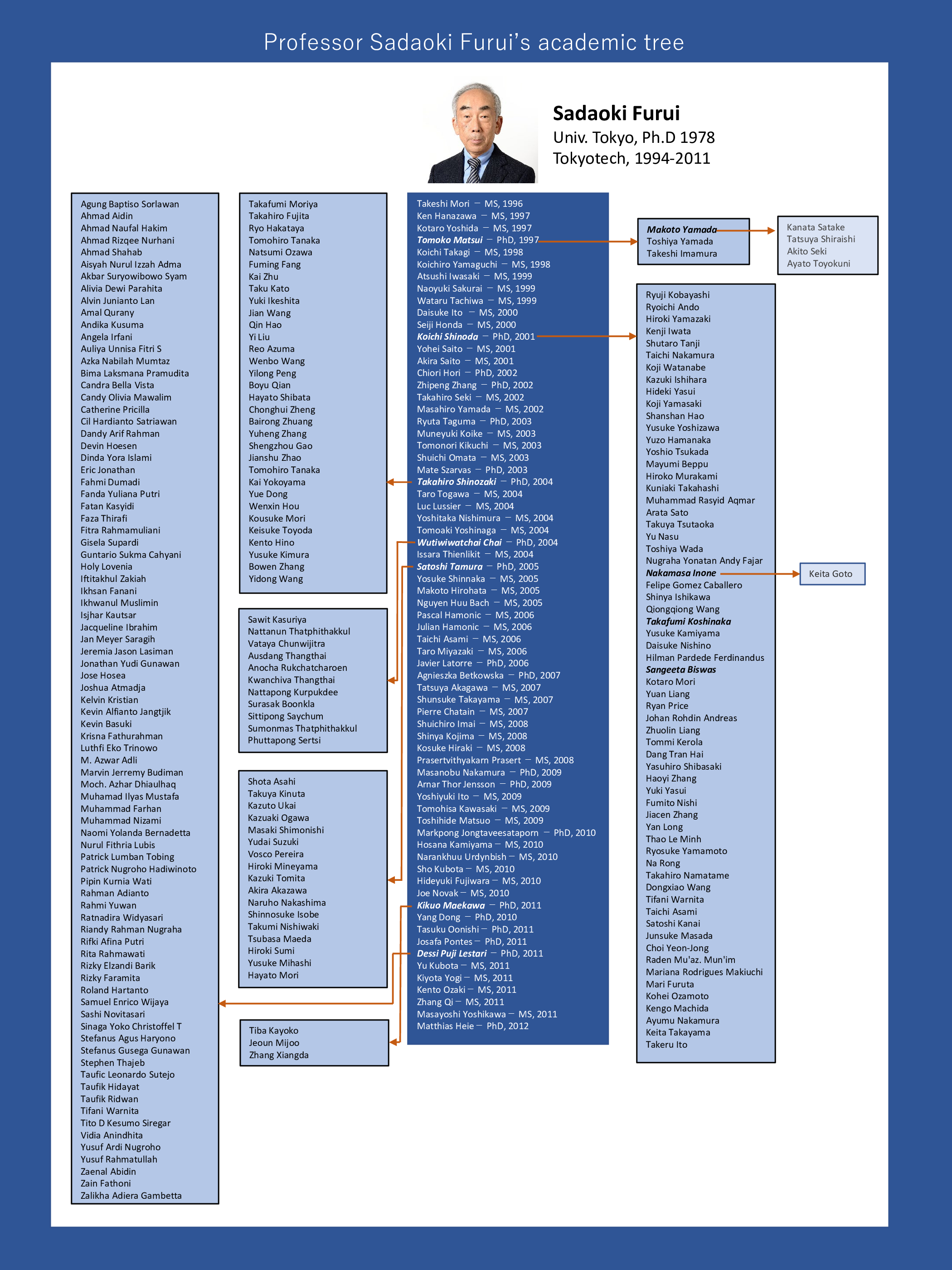 |
ISCApad #291 |
| Thursday, September 08, 2022 by Chris Wellekens |
2-2 Professor Sadaoki Furui's obituary (1945-2022)
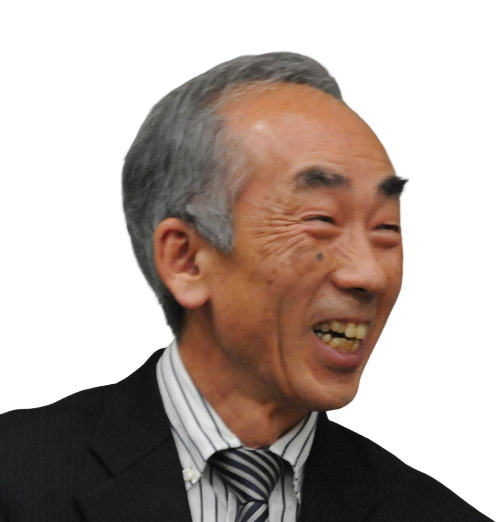 Sadaoki Furui (1945-2022)
ObituaryIt is with great sadness that we announce the passing of one of the great pioneers and creative geniuses of speech processing, Dr. Sadaoki Furui. Sadaoki was born in 1945 in Tokyo, and passed away on 31st July 2022 at the age of 76. He is survived by his wife Hikaru, to whom he was dearly dedicated for 51 years, and by his loving daughters, Miyuki and Nozomi. Sadaoki earned the B.S., M.S., and Ph.D. degrees in Mathematical Engineering and Instrumentation Physics from the University of Tokyo in 1968, 1970, and 1978 respectively.
After joining the Nippon Telegraph and Telephone Corporation (NTT) Labs in 1970, Sadaoki worked on speech analysis, speech recognition, speaker recognition, speech synthesis, speech perception, and multimodal human-computer interaction. From 1978 to 1979, he was a Visiting Researcher at AT&T Bell Laboratories, Murray Hill, New Jersey. He was a Research Fellow and the Director of the Furui Research Laboratory at NTT Labs, and a Professor at the Department of Computer Science, Tokyo Institute of Technology. He was President of the Toyota Technical Institute at Chicago from 2013 to 2019. Most recently, he was Chief Research Director at the National Institute of Informatics in Tokyo, and Professor Emeritus at the Tokyo Institute of Technology.
Sadaoki was a pioneer in the field of computer-based speech recognition, understanding, and speaker recognition. Many of his research results are truly original. His investigation into the human perception of transient sounds presented the first quantifiable measurement of the importance of spectral transition on the intelligibility of speech. His results also led to the innovative idea of computing spectral derivatives for use in speech and speaker recognition systems to improve recognition accuracy. Today, spectral derivatives, or the so-called ‘delta cepstrum’ parameters, are key components in the feature set that characterizes a speech pattern for automatic recognition by machine, and most contemporary practical speech and speaker recognition systems use delta cepstrum parameters. Likewise, the delta cepstrum also plays an important role in HMM (hidden Markov model)-based speech synthesis which has been actively investigated and used in many applications all over the world.
Sadaoki was one of the first researchers to investigate the recognition of spontaneous speech, and he led the project that collected the Corpus of Spontaneous Japanese (CSJ), the world's largest and most representative database of spontaneous speech. CSJ became a core resource for analyzing the nature of spontaneous speech and for developing a speech recognition methodology for “natural” speech. As a result, the recognition accuracy of spontaneous speech, which up to that time had proven extremely poor, was greatly improved.
Sadaoki was a researcher and educator: he published over 1000 scientific papers, six textbooks, one edited book, and two translated books. He has particularly contributed to the education of young researchers, and many have learned speech processing by reading his well-known textbook “Digital Speech Processing, Synthesis, and Recognition”. He has also served extensively as a lecturer in many organizations, for example as IEEE and ISCA Distinguished Lecturer. As president of Toyota Technological Institute of Chicago, he was responsible for educating talented researchers in the machine learning field including signal processing.
Sadaoki served as President of the International Speech Communication Association (ISCA) from 2001 to 2005, and actively promoted the collaboration between speech science and speech technology. He also served as President of the Acoustical Society of Japan from 2001 to 2003, and founded the Asia-Pacific Signal and Information Processing Association (APSIPA) to contribute to promoting signal and information processing research activities in the Asia-Pacific region, serving as its first president.
Sadaoki received many professional awards and honors including the Paper Award and the Achievement Award from the Institute of Electronics, Information, and Communication Engineers of Japan (IEICE) (1975, 1988, 1993, 2003, 2003, 2008), and the Paper Award from the Acoustical Society of Japan (ASJ) (1985, 1987). He received the Senior Award and Society Award from the IEEE Signal Processing Society (1989, 2006), the International Speech Communication Association (ISCA) Medal for Scientific Achievement (2009), and the IEEE James L. Flanagan Speech and Audio Processing Award (2010). He also received the Achievement Award from the Minister of Science and Technology and the Minister of Education, Japan (1989, 2006), and the Purple Ribbon Medal from the Japanese Emperor (2006). Additional awards and honors include Distinguished Lecturer (IEICE), 1993; Fellow (IEICE), 2001; the Distinguished Achievement Award (IEICE), 2008; Fellow (ISCA), 2008; Medal for Scientific Achievement (ISCA), 2009; NHK Broadcast Cultural Award, 2012; Distinguished Lecturer (ISCA), 2012; Okawa Prize, 2013; Accredited as Person of Cultural Merit by Japanese Government, 2016; Permanent Honorary President of APSIPA, 2020; and ISCA Special Service Medal, 2020. Koichi Shinoda
Sadaoki and his family |
 | Back | Top |

